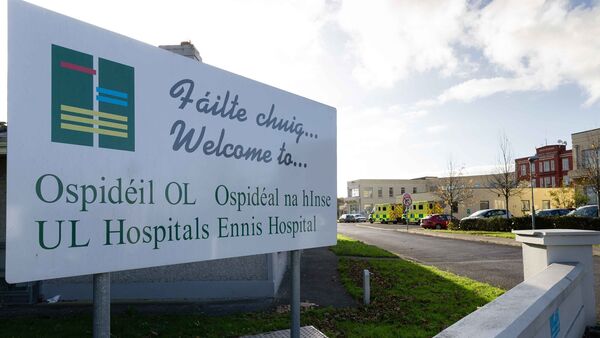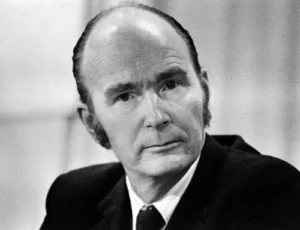ENNIS HOSPITAL’s invaluable role in standing up services during the pandemic has highlighted its potential to take on further elective work in the future.
Health chiefs in the Mid-West this week spoke of the vital input of Ennis Hospital and its staff in allowing the region to curb the threat of COVID-19 by transferring patients, services from University Hospital Limerick (UHL), staff were also redeployed with the provision of isolation rooms important at times when surge capacity was required.
Over the past three years, UHL had inpatient discharges of 29,012 (2019), 30,803 (2020) and 32,774 (2021), the next highest figure was recorded at University Maternity Hospital, Limerick (UMHL), 7243 (2019), 6952 (2020) and 6798 (2021). Of the model two hospitals in the region, Ennis was the busiest with inpatient discharges of 6096 (2019), 7357 (2020) and 7079 (2021).
Day cases recorded over the past three years at UHL were 42,563 (2019), 38,707 (2020) and 38,536 (2021) compared with Ennis Hospital’s figures of 6945 (2019), 2967 (2020) and 2568 (2021) which was less than the activity at Nenagh Hospital.
Unsurprisingly UHL had the most quantity of COVID inpatients, 651 (2020) and 1480 (2021) with Ennis the next busiest of the region’s hospitals with 90 (2020) and 152 (2021).
Chief Operations Officer of UL Hospitals, Noreen Spillane hailed the role played by Ennis and model two hospitals in the Mid-West. “Our model two hospitals played a vital role in our response to COVID-19, it was key to enable core emergency services to be maintained at UHL and created a surge when it was required during the pandemic”.
Presence of fifty single rooms at Ennis Hospital was critical, Prof Brian Lenehan, Chief Clinical Director of UL Hospitals Group outlined. “For weeks and months, Ennis stood up services with more patients in beds than using day wards to help us manage the surge here at UHL”.
Speaking at a media briefing this week, Group Chief Executive of UL Hospitals Group, Colette Cowan detailed that the performance of Ennis Hospital underlined its potential. Investment in the existing infrastructure is needed with design work underway for new theatres which when completed would be capable of increasing the amount of elective work carried out at the hospital.











